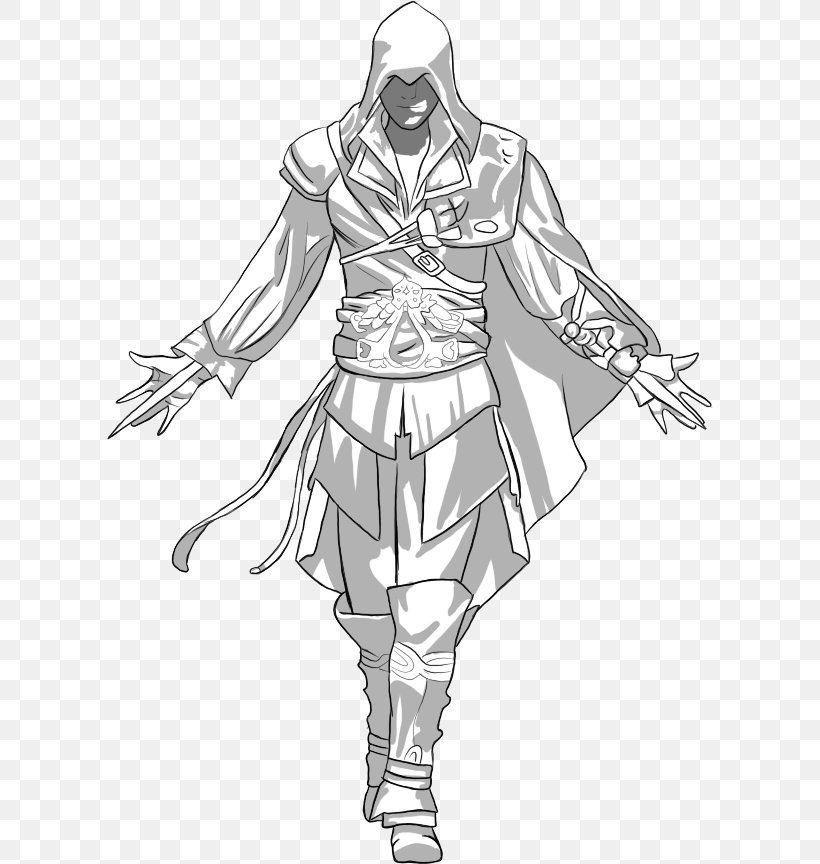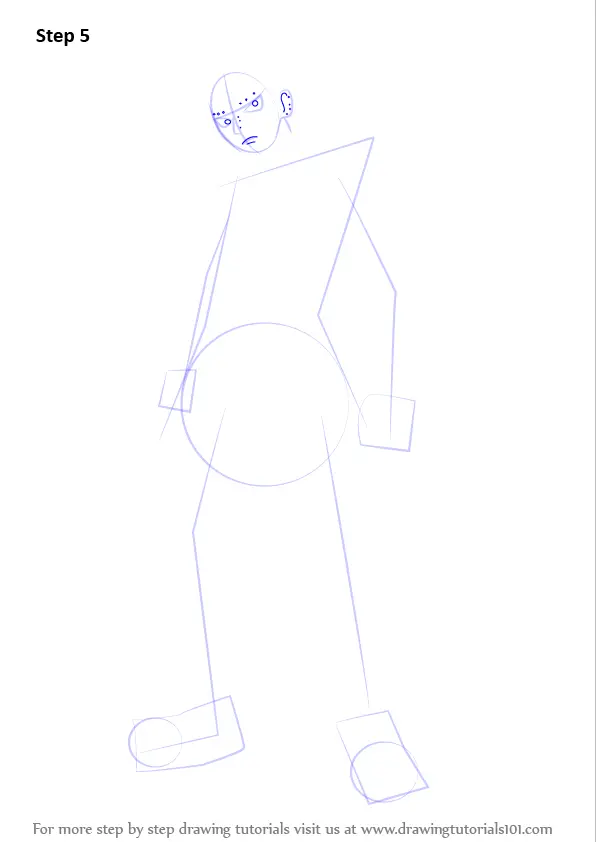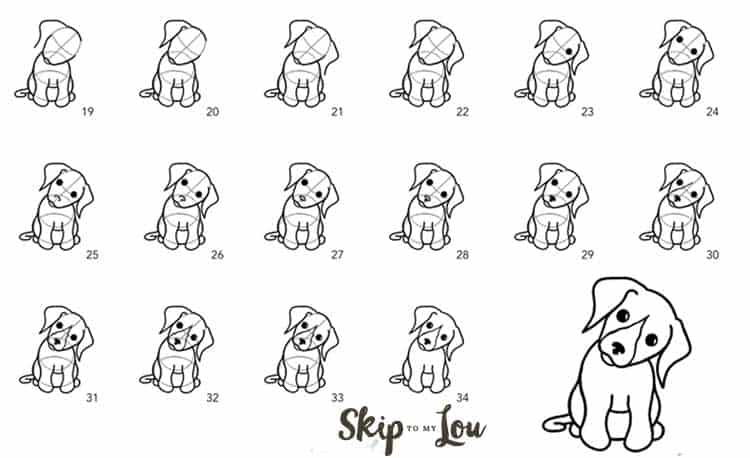How to read civil engineering drawing
Table of Contents
Table of Contents
If you’re in the construction industry, you know how important it is to understand construction drawings. These are the blueprints that construction teams follow, and misinterpreting or misunderstanding them can lead to major mistakes and costly re-work. But even for those outside the industry, learning how to understand construction drawings can have many benefits, such as being able to envision your dream home or understand how your city is planning to change its infrastructure. In this blog post, we’ll explore the ins and outs of how to understand construction drawings and related keywords, so you can get started on your journey to becoming a pro.
The Pain Points of Understanding Construction Drawings
Reading construction drawings can be overwhelming for those who are new to it. There are many symbols, abbreviations, and measurements to understand, and it can take a lot of time and energy to figure it all out. Additionally, construction drawings can be difficult to read if they are poorly laid out or if the drawings themselves are low quality. This can lead to misinterpretation or errors that can be costly to fix down the line. But fear not - with a bit of guidance and practice, you can become comfortable with reading construction drawings and avoid these pain points.
Understanding Construction Drawings
Much like learning any new skill, the key to understanding construction drawings is practice. Start by familiarizing yourself with common symbols and abbreviations that are used in construction drawings. You can find many online resources that provide comprehensive lists of these symbols and abbreviations.
Once you are comfortable with basic symbols and abbreviations, start to read some sample construction drawings to see how they are laid out and how symbols are used in context. You can find examples of construction drawings online or in industry publications. Take your time to read through them and get a sense of how everything fits together. It can also be helpful to work with a mentor or colleague who has experience reading construction drawings, so you can ask questions and get feedback.
As you become more experienced with reading construction drawings, you may want to invest in software that can help you create and modify them. Many construction professionals use industry-specific software that simplifies the process of creating and sharing drawings.
Summary of Understanding Construction Drawings
In summary, learning how to understand construction drawings is a valuable skill for both industry professionals and non-professionals alike. While it can be overwhelming at first, with practice and guidance you can become comfortable with reading construction drawings and avoid costly mistakes. Familiarize yourself with common symbols and abbreviations, practice reading sample drawings, and consider investing in software that can help you create your own drawings.
How to Read a Floor Plan Drawing
One of the most common types of construction drawings is a floor plan, which shows a view of a building from above, as if you were looking down on it. To read a floor plan drawing, start at the beginning of the plan and follow it through in sequence. You’ll typically see a legend that explains the symbols and abbreviations that are used in the plan, and you should refer to this as you go. Look for features such as doors, windows, and walls, and pay attention to their dimensions and spacing. It can be helpful to visualize the floor plan in 3D to get a sense of how everything fits together.
When you’re reading a floor plan drawing, it’s also important to keep in mind the overall context of the building. For example, if you’re looking at the floor plan for a single apartment unit in a larger building, you’ll need to understand how that unit fits into the larger structure. This can help you avoid mistakes such as misreading the orientation of a door, or misunderstanding how a hallway connects different rooms.
Reading Elevation Drawings
Elevation drawings are another important type of construction drawing, and they show a view of a building’s exterior from the perspective of someone standing directly in front of it. When reading an elevation drawing, pay close attention to the building’s dimensions and the placement of its doors, windows, and other features. You’ll also need to understand the scale that is being used in the drawing, so you can accurately interpret the building’s height and proportions.
Understanding Section Drawings
Section drawings show a cutaway view of a building, and they are often used to provide detail on interior construction features such as plumbing or electrical systems. When reading a section drawing, you’ll need to understand the scale that is being used, as well as the placement of features such as walls and floors. Pay attention to the symbols and abbreviations used in the drawing, and refer to the legend as needed.
Questions and Answers about Understanding Construction Drawings
Q: Can I teach myself to read construction drawings?
A: Yes, with practice and guidance, anyone can learn how to read construction drawings. Consider taking a course or working with a mentor who has experience in the field.
Q: What’s the best way to get started with understanding construction drawings?
A: Start by familiarizing yourself with common symbols and abbreviations, and then practice reading sample drawings. Consider investing in software that can help you create and modify your own drawings.
Q: How can I avoid mistakes when reading construction drawings?
A: Take your time when reading drawings, refer to the legend when needed, and consider visualizing the drawings in 3D to get a better sense of the building’s layout. If possible, work with a mentor or colleague who has experience reading construction drawings.
Q: What should I do if I encounter a symbol or abbreviation that I don’t understand?
A: Look it up! There are many online resources that provide comprehensive lists of common construction symbols and abbreviations. If you’re still unsure, ask a colleague or mentor for help.
Conclusion of How to Understand Construction Drawings
Understanding construction drawings is a valuable skill that can benefit anyone, regardless of their experience in the construction industry. By familiarizing yourself with common symbols and abbreviations, practicing reading sample drawings, and using software to create and modify your own drawings, you can become comfortable with reading construction drawings and avoid costly mistakes. Keep in mind the different types of drawings, such as floor plans, elevations, and sections, and pay close attention to the context of the building overall. With time and practice, you’ll be reading construction drawings like a pro.
Gallery
4 Construction Drawing Mistakes That Will Come Back To Haunt You
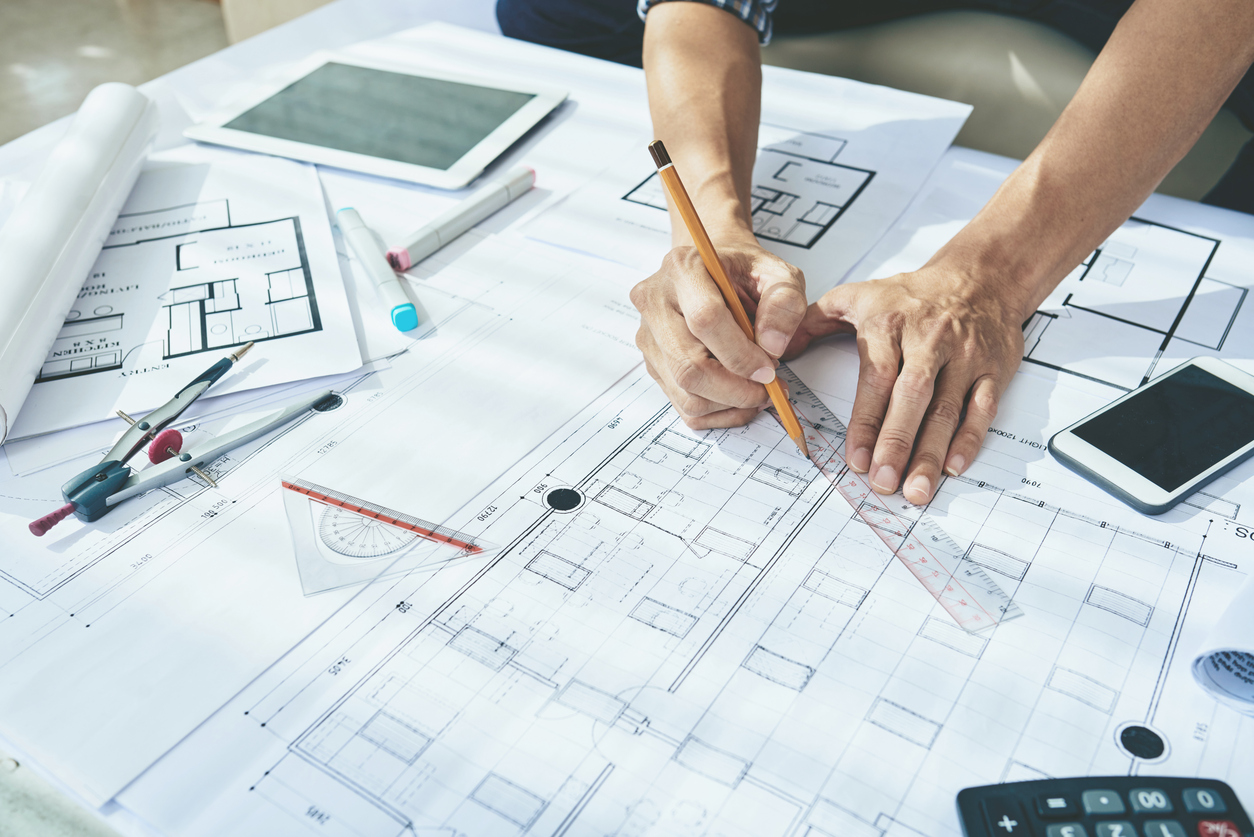
Photo Credit by: bing.com / construction drawing mistakes come haunt
How Technical Specifications Make Construction Drawings Easier To
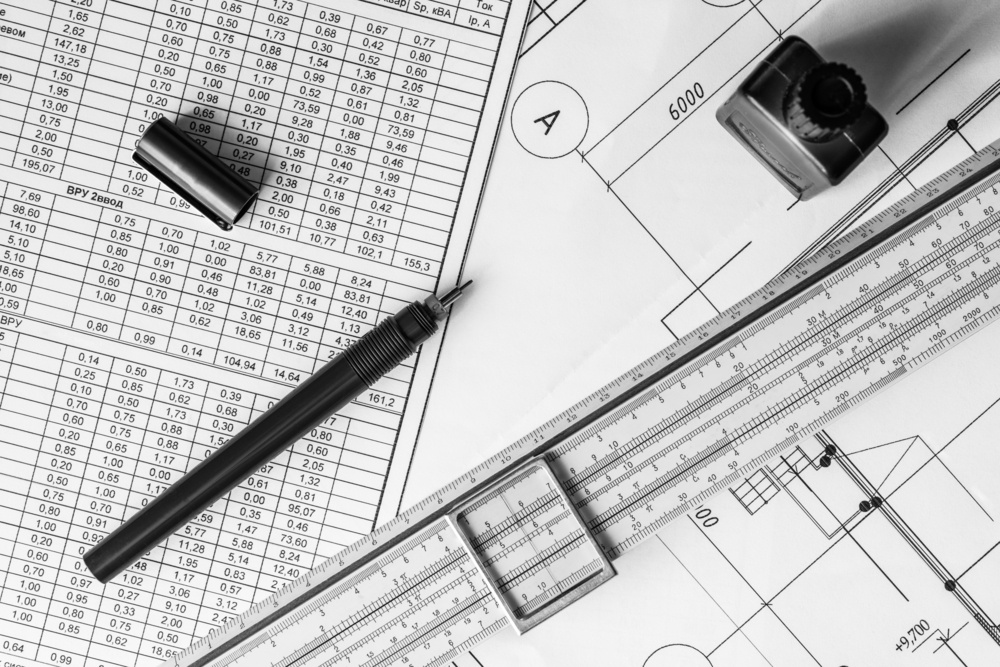
Photo Credit by: bing.com / construction specifications drawings
Learn How To Read Building Foundations Drawing Plans - Engineering Feed

Photo Credit by: bing.com / structural foundations column footings
How To Read Civil Engineering Drawing | Civil Drawing, Civil

Photo Credit by: bing.com / takeoff
Where To Find Construction Details On The Web - A Guide

Photo Credit by: bing.com / construction details architectural detailing architecture residential drawings book find building firstinarchitecture masonry edition manual books third contemporary difficult struggling tell
